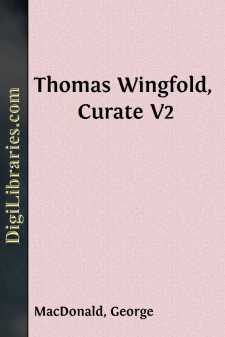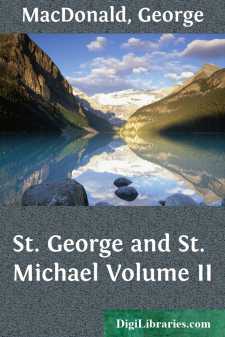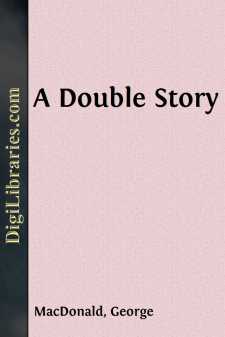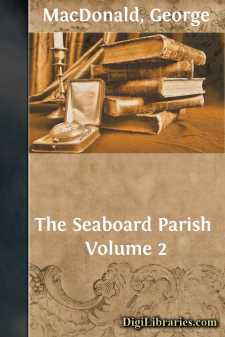Categories
- Antiques & Collectibles 13
- Architecture 36
- Art 48
- Bibles 22
- Biography & Autobiography 816
- Body, Mind & Spirit 145
- Business & Economics 28
- Children's Books 17
- Children's Fiction 14
- Computers 4
- Cooking 94
- Crafts & Hobbies 4
- Drama 346
- Education 58
- Family & Relationships 59
- Fiction 11834
- Foreign Language Study 3
- Games 19
- Gardening 17
- Health & Fitness 34
- History 1378
- House & Home 1
- Humor 147
- Juvenile Fiction 1873
- Juvenile Nonfiction 202
- Language Arts & Disciplines 89
- Law 16
- Literary Collections 686
- Literary Criticism 179
- Mathematics 13
- Medical 41
- Music 40
- Nature 179
- Non-Classifiable 1768
- Performing Arts 7
- Periodicals 1453
- Philosophy 66
- Photography 2
- Poetry 897
- Political Science 203
- Psychology 45
- Reference 154
- Religion 516
- Science 126
- Self-Help 85
- Social Science 82
- Sports & Recreation 34
- Study Aids 3
- Technology & Engineering 59
- Transportation 23
- Travel 463
- True Crime 29
Our website is made possible by displaying online advertisements to our visitors.
Please consider supporting us by disabling your ad blocker.
The Tragedie of Hamlet, Prince of Denmark A Study with the Text of the Folio of 1623
by: George MacDonald
Description:
Excerpt
PREFACE
By this edition of HAMLET I hope to help the student of Shakspere to understand the play—and first of all Hamlet himself, whose spiritual and moral nature are the real material of the tragedy, to which every other interest of the play is subservient. But while mainly attempting, from the words and behaviour Shakspere has given him, to explain the man, I have cast what light I could upon everything in the play, including the perplexities arising from extreme condensation of meaning, figure, and expression.
As it is more than desirable that the student should know when he is reading the most approximate presentation accessible of what Shakspere uttered, and when that which modern editors have, with reason good or bad, often not without presumption, substituted for that which they received, I have given the text, letter for letter, point for point, of the First Folio, with the variations of the Second Quarto in the margin and at the foot of the page.
Of HAMLET there are but two editions of authority, those called the Second Quarto and the First Folio; but there is another which requires remark.
In the year 1603 came out the edition known as the First Quarto—clearly without the poet's permission, and doubtless as much to his displeasure: the following year he sent out an edition very different, and larger in the proportion of one hundred pages to sixty-four. Concerning the former my theory is—though it is not my business to enter into the question here—that it was printed from Shakspere's sketch for the play, written with matter crowding upon him too fast for expansion or development, and intended only for a continuous memorandum of things he would take up and work out afterwards. It seems almost at times as if he but marked certain bales of thought so as to find them again, and for the present threw them aside—knowing that by the marks he could recall the thoughts they stood for, but not intending thereby to convey them to any reader. I cannot, with evidence before me, incredible but through the eyes themselves, of the illimitable scope of printers' blundering, believe all the confusion, unintelligibility, neglect of grammar, construction, continuity, sense, attributable to them. In parts it is more like a series of notes printed with the interlineations horribly jumbled; while in other parts it looks as if it had been taken down from the stage by an ear without a brain, and then yet more incorrectly printed; parts, nevertheless, in which it most differs from the authorized editions, are yet indubitably from the hand of Shakspere. I greatly doubt if any ready-writer would have dared publish some of its chaotic passages as taken down from the stage; nor do I believe the play was ever presented in anything like such an unfinished state. I rather think some fellow about the theatre, whether more rogue or fool we will pay him the thankful tribute not to enquire, chancing upon the crude embryonic mass in the poet's hand, traitorously pounced upon it, and betrayed it to the printers—therein serving the poet such an evil turn as if a sculptor's workman took a mould of the clay figure on which his master had been but a few days employed, and published casts of it as the sculptor's work.[1] To us not the less is the corpus delicti precious—and that unspeakably—for it enables us to see something of the creational development of the drama, besides serving occasionally to cast light upon portions of it, yielding hints of the original intention where the after work has less plainly presented it....












